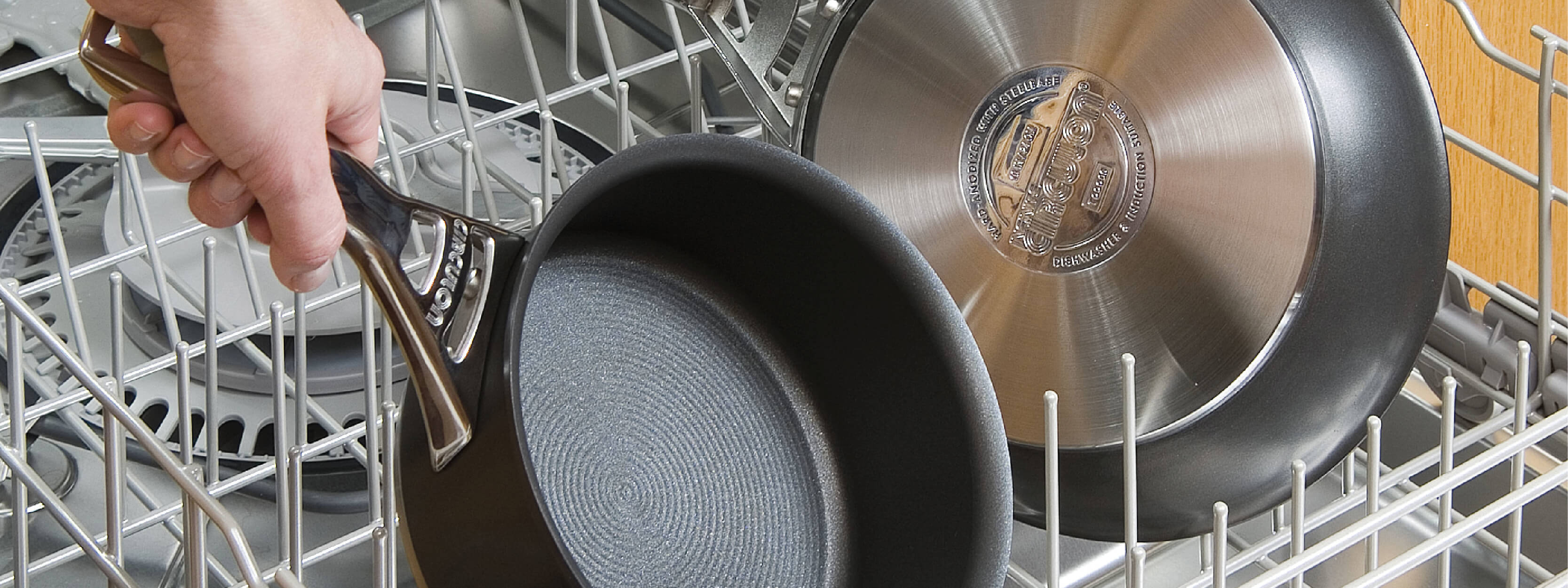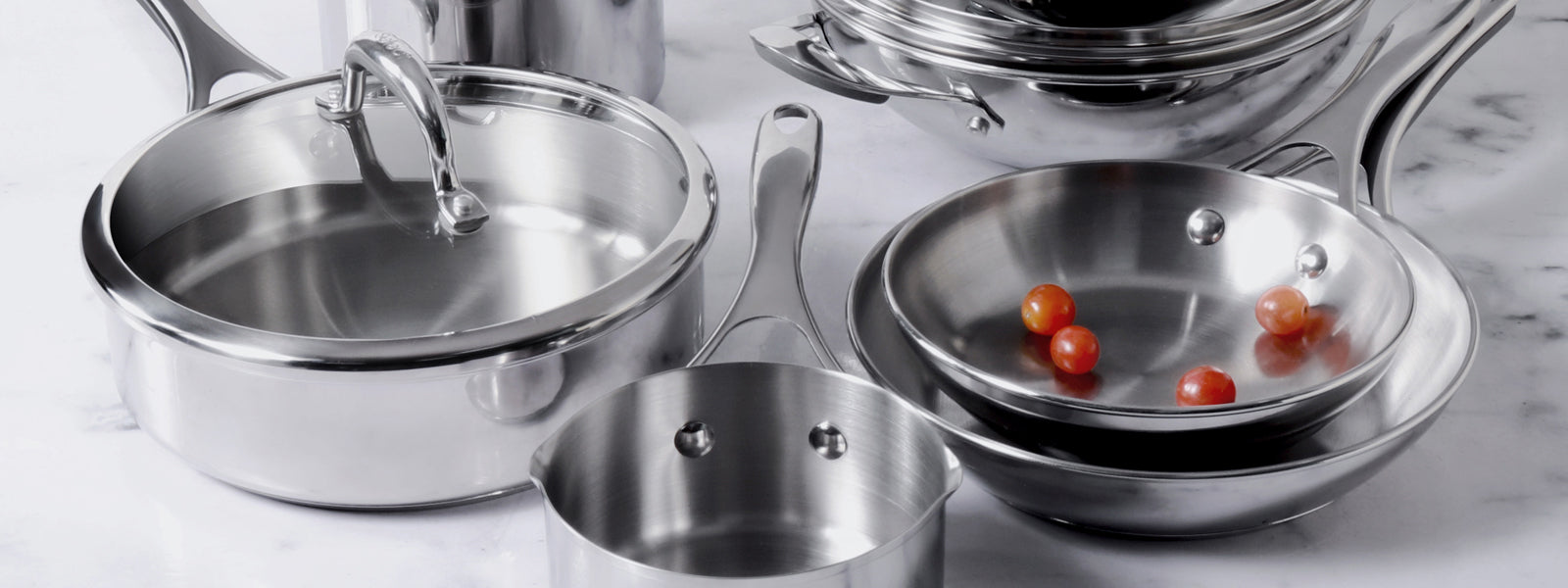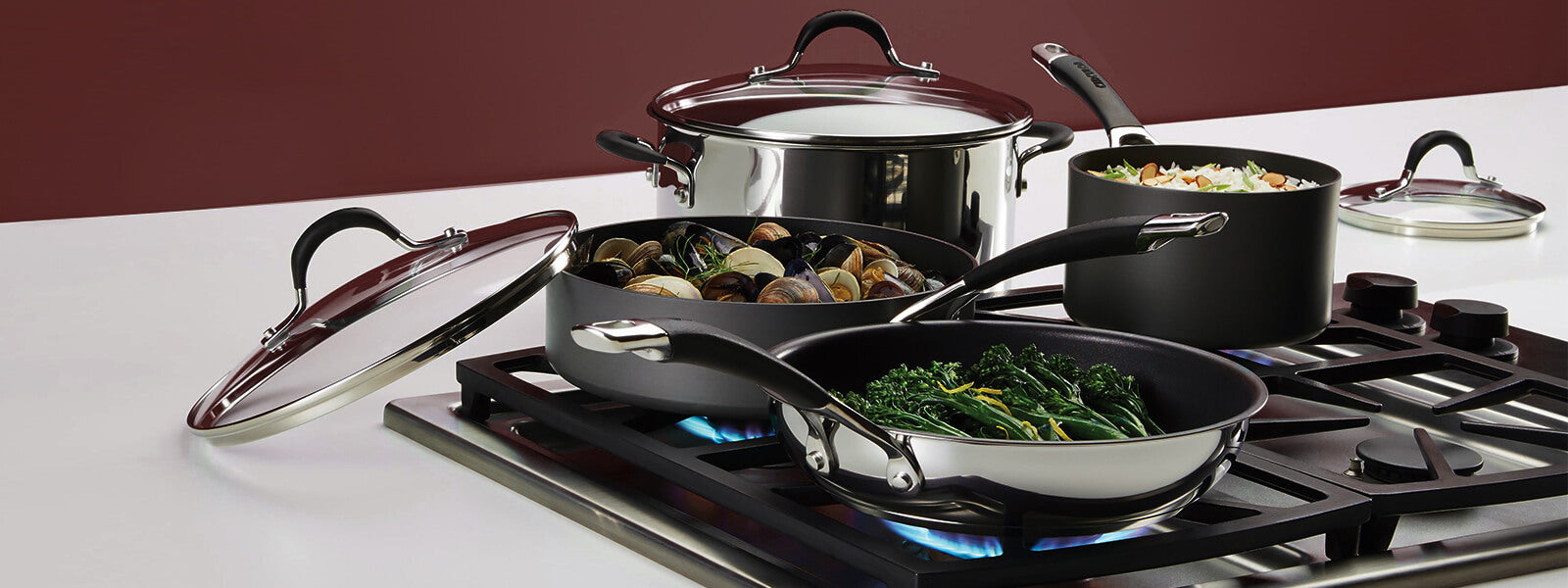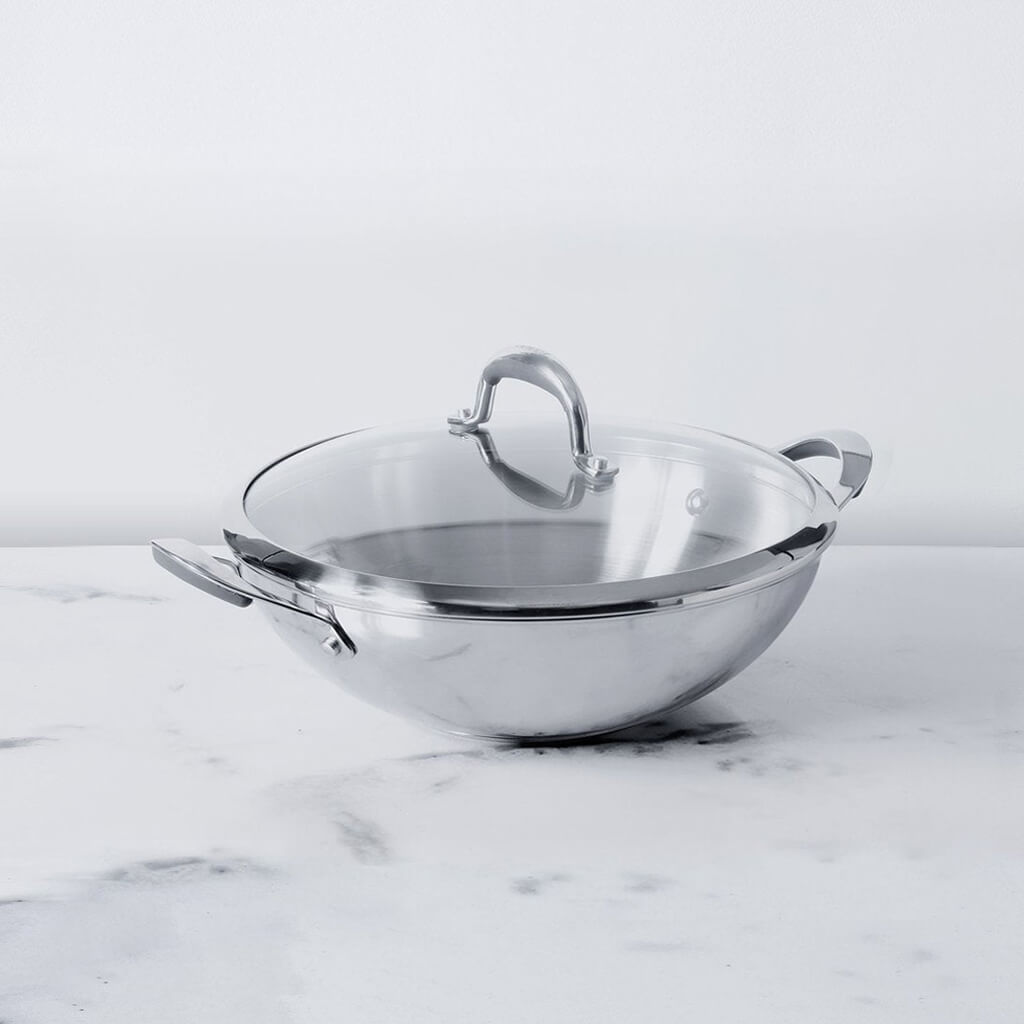A steel ki kadai, often referred to as a steel kadai, is a versatile and commonly used cooking vessel in Indian cuisine. It's made from stainless steel and is known for its durability, even heat distribution, and ease of maintenance. From everyday meals to festive feasts, a steel ki kadai continues to be a beloved and indispensable kitchen utensil in households across India.
Table of Contents
Is Steel Ki Kadai and Stainless Steel Kadai Same?
Yes, a "steel ki kadai" and a "stainless steel kadai" generally refer to the same type of cooking vessel. Both terms indicate a kadai (cooking pan) that is made from stainless steel material. "Steel ki kadai" is a term used in Hindi, where "ki" indicates possession or association, and it translates to "kadai made of steel." "Stainless steel kadai" directly refers to a kadai that is made from stainless steel.
Features and Uses Steel Ki Kadai:
- Material: Steel kadais are typically made from high-quality stainless steel, which makes them resistant to rust, corrosion, and staining.
- Shape: They have a deep, rounded shape with flared sides, providing ample space for cooking various dishes.
- Handles: Steel kadais may have one or two sturdy handles for easy lifting and maneuvering.
- Cooking Techniques: Steel kadais are versatile and can be used for sautéing, frying, deep-frying, simmering, and making gravies.
- Cuisine: They are commonly used in Indian and Pakistani cuisines for preparing curries, stir-fries, fried snacks, and other traditional dishes.
- Even Heating: The stainless steel material ensures even distribution of heat, preventing hot spots and ensuring consistent cooking.
- Quick Evaporation: The broad surface area and flared sides allow for faster evaporation of liquids, making them ideal for reducing sauces and gravies.
Advantages of Steel Ki Kadai::
- Durability: Steel kadais are durable and long-lasting, making them a reliable addition to your kitchen.
- Easy Maintenance: Stainless steel is relatively easy to clean and maintain, and it doesn't react with acidic ingredients.
- Versatility: Steel kadais are suitable for various cooking methods and can be used on gas stoves, electric stoves, and induction cooktops.
- Traditional Cooking: Steel kadais hold cultural significance in South Asian cooking, preserving the authenticity of traditional recipes.
Tips for Using a Steel Ki Kadai:
- Preheat: Preheat the kadai before adding oil or ingredients to ensure even cooking.
- Oil Temperature: Maintain the right oil temperature when frying to achieve crispy results.
- Stirring: Use a spatula or ladle to stir ingredients and prevent sticking.
- Handling: Use oven mitts or pot holders when touching the sides or handles, as they may become hot during cooking.
- Cleaning: Allow the kadai to cool before washing it with mild soap and water. Avoid using abrasive materials to prevent scratching the surface.
A steel kadai is a staple in many Indian kitchens due to its versatility and durability. Whether you're making a classic curry, a crunchy snack, or a flavorful stir-fry, a steel ki kadai can be your reliable partner in the kitchen.
Uses Of Steel Ki Kadai in Indian Cooking
A steel ki kadai, or a steel kadai, plays a crucial role in Indian cooking and is an essential kitchen utensil in many households. Its versatile design and functionality make it a go-to choice for various cooking techniques and dishes. Here's how a steel ki kadai is commonly used in Indian cooking:
- Frying: One of the primary uses of a steel ki kadai is for frying. It's perfect for preparing crispy snacks like pakoras, samosas, bhajis, and more. The deep shape and even heating ensure that the snacks are cooked uniformly and turn out golden and delicious.
- Sautéing and Stir-Frying: The wide base and flared sides of the kadai are ideal for sautéing vegetables, spices, and aromatics. This is commonly done while preparing the base for curries, gravies, and masalas.
- Curries and Gravies: Steel kadais are often used to cook curries, gravies, and sauces. Their spacious design allows for thorough mixing of ingredients and effective reduction of sauces, resulting in rich and flavorful dishes.
- Stir-Fry Dishes: Steel kadais are used for making stir-fry dishes that are common in Indian cuisine. Quick-cooking vegetables and proteins are tossed together with spices and sauces for a delicious and nutritious meal.
- Shallow Frying: Apart from deep frying, a kadai can be used for shallow frying items like tikkis, cutlets, and shallow-fried bread like parathas.
- Roasting Spices: Before adding spices to curries or dishes, they are often dry-roasted in a steel kadai. This process enhances the flavors and aromas of the spices.
- Tempering (Tadka): The tempering of spices and herbs at the beginning or end of cooking is a common technique in Indian cuisine. A steel kadai is frequently used for this purpose to infuse the oil or ghee with aromatic flavors.
- Sweets and Desserts: Some traditional Indian sweets and desserts are also prepared in a steel kadai.











Leave a comment